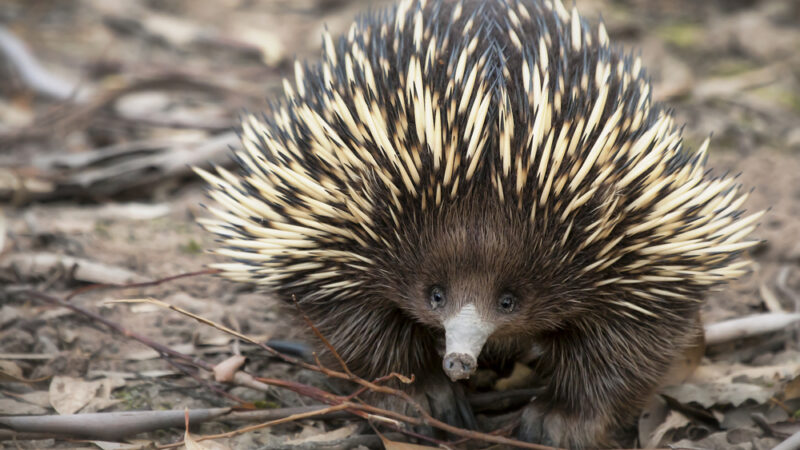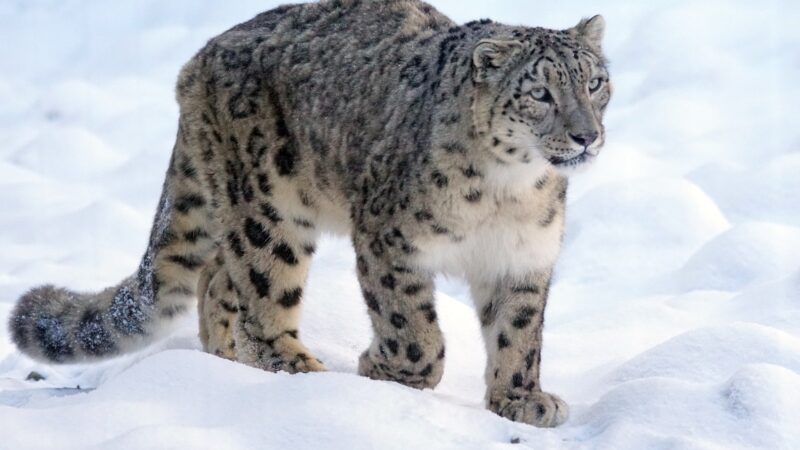Chameleon
Shelter for Animal | Chameleon | Chameleons (Chamaeleonidae) are a family of old-world lizards whose lists of special abilities don’t seem to end. There are over a hundred and 60 different species of chameleon lizards. They are of different sizes and shapes, many don’t change color.
Chameleon lizard
They’re found in Africa India the Middle East and the Mediterranean but over half of all species of chameleons are endemic to Madagascar. Chamaeleons as a family are at least a hundred million years old and they likely originated in Africa first things first their color contrary to popular belief. These lizards primarily change colors to communicate with other chameleons of their species.
Chameleon camouflage
They don’t often change colors for camouflage with a few exceptions, not all chameleons can change color, and instead many naturally resemble their environments though some of these can change their hue a little bit as needed.
Tiny Chamaeleons
The Brookesia micra is the smallest chameleon in the world measuring up to 1.5 centimeters long, built the width of a fingernail making it one of the smallest lizards ever described. These lizards don’t change color very much and instead rely on their brown physique and adorably tiny figure to stay hidden.
If they’re approached by a predator they simply close their eyes and pretend that they’re a tiny piece of wood. If the predator gets too close the tiny chameleon will jump off whatever it’s on and because of their tiny size. They’re usually fine if they are nabbed by a predator they will vibrate their bodies at a very high frequency.
Panther chameleon
A defense that has been known to deter ants those that do change color, like the incredibly colorful. Panther chameleon can turn into pretty much any color that you can think of males are typically more colorful and prettier than the females. The males will turn bright colors to show aggression usually towards other males opposing. They will change to a darker color female, on the other hand, will use their colors to let males know that they’re ready to mate.
Smith’s dwarf chameleon
Another possible use of their color is to change to a darker color to absorb more sunlight when they’re cold while most chameleons don’t often change their colors to background matches. There are a few species that do namely the Smiths dwarf chameleons which will change colors to match their surroundings when approached by predators their main two predators are fiscal shrikes a type of bird that will impale the chamaeleons before eating them and Boomslang snakes both very coolly named.
The chameleons will put on a better show for the bird as it has a much better vision when approached on a branch. This lizard will perfectly match its color to the bark and then stay incredibly still if they’re approached by a Boomslang. They’ll change colors but not as convincingly as the boom slangs’ vision isn’t nearly as good as the fiscal shrikes.
Why Chameleons change their color?
How does their color-changing actually work chameleons skin is made up of several layers the outermost layer is transparent under that layer are layers containing pigments called chromatophores. Under the layer of chromatophores is a layer of guanine nanocrystals, the space between the guanine nanocrystals affects the color output and that space is controlled by the chameleon’s mood.
If a chameleon is relaxed its nanocrystals will reflect a blue light that combined with the yellow chromatophores to make the chameleon reflect a green light or if they’re excited, the nanocrystals will reflect red light which combined with the yellow chromatophores will make the chameleons appear bright orange.
Think of it like oil and water the many different colors reflected all depend on the thickness of the layer of oil at any given point. Chameleon’s skin also has a second layer of errata fours that reflect light close to infrared this helps with thermoregulation. The more you reflect the less you absorb the cooler you get but color changing is just one factor.
Chameleon tongue
In the wonder that is the chameleon and possibly their coolest feature is the tongue. Chameleons are pretty slow and clunky but their prey of insects isn’t lucky. They’ve developed quite possibly the most advanced tongue in the world. A chameleon tongue is longer than their entire body usually by one and a half to two times. There are three main components that make their tongues so effective the stickiness.
The tongue bone called a hyoid and the coils of muscle around the bone that launch and retract the tongue when launched their tongue accelerate insanely fast getting to 2,500 meters per second in less than a tenth of a second if you accelerated that fast. A chameleon that just isn’t fast enough these tiny chameleons have a tongue that can accelerate 265 times faster than gravity. They hold the record for the fastest muscle acceleration among vertebrates that’s huge when the chameleon is ready to strike.
The muscles around the tongue bone contract creating an elastic recoil, the chameleon then releases the muscles and the tongue shoots forward at incredible speeds once the tongue finds its target it’s time for the stickiness to pull its weight. The tip of a chameleon tongue is covered in a honey-like substance thousand times more viscous than human saliva. In fact, it’s so sticky that it can hold on to something a third of the chameleon’s body weight just imagine being able to hold something a third of your body weight with just your tongue.
The adhesion works better on quick strikes the faster and stronger the pull the stronger the bond when launching the tongue the tip forms a concave pouch which offers more surface area to grab their prey increasing their chances of strong adhesion. Chameleons have rather distinct-looking feet this is because there’s Aiko ductless.
Meaning that they have two fingers that point forward and three that point backward this is extremely helpful when climbing trees. As they’re able to grip branches from both sides chamaeleons don’t have outer ears and instead here by feeling vibrations between 200 and 600 Hertz and finally their eyes.
Chamaeleons eyes
Chameleons have possibly the most iconic eyes in the animal kingdom their eyelids are joined and they have only a very small pinhole to see through. They can move their eyes independently of one another allowing them to focus on two things at the same time this increased range of vision gives them a field of view of 360 degrees.
Despite rarely being able to see the same thing with both eyes they have weirdly good depth perception. They can spot small prey from up to 10 meters away this is due to how their eyes work their eyes give them the best amplification among any vertebrates. The lenses and our eyes are convex but there are concave.
This negative lens gives them a drastically increased retinal image size allowing for much much more precise focusing. Chameleons in the Kalama genus have little bones that protrude from their head and they are fluorescent under UV light this makes them very conspicuous to animals that have UV vision.
Chameleon adaptations
Namely other chameleons that can see UV light this makes finding each other in the dark much easier. Many chameleons have evolved interesting abilities not found in other Chamaeleon’s, for example, the Rhinoceros chameleon has developed a rhino-like horn which they use. When fighting over mates yet the sailfin chameleon takes this a step further they have evolved two horns on their noses.
Jackson’s chameleon goes even further and has one horn on its nose, two on its brows, and three on its face. Possibly the coolest of all is the Brown leaf chameleon, these chameleons saw all the pomp and frill.
Reference: Wikipedia, Britannica









